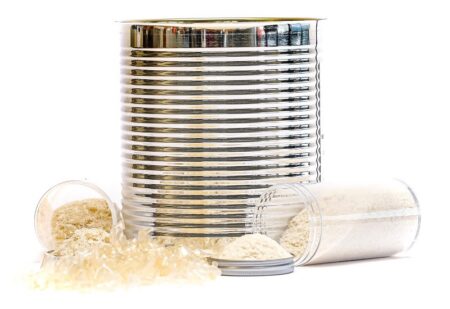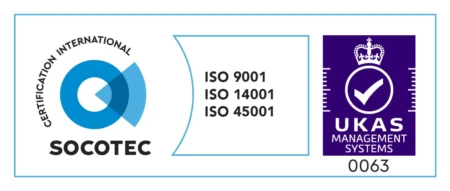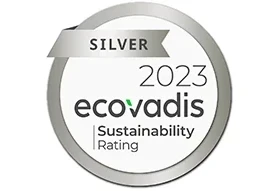Media Ion Exchange

Uses
 Cellulose ion exchange resins are used across most sectors and specifically to produce dairy, baby food, performance food supplements and food intolerance products, utilising an adsorption process for applications such as:
Cellulose ion exchange resins are used across most sectors and specifically to produce dairy, baby food, performance food supplements and food intolerance products, utilising an adsorption process for applications such as:
- Selective, high purity extraction of specific, undenatured, functional proteins and enzymes from food waste streams such as cheese whey and abattoir waste.
- Water softening, removing calcium and other salts from water to suit chemical industries and improve potable water.
- Waste flocculation and removal, removing heavy metals and impurities from process streams.
Media is the support structure of a resin, with a functional group still being required. However the support structure influences the specific binding capacity, stability, active surface area and resolution of the adsorption process.
Benefits OF MEDIA
Using media as the support structure of your resin facilitates the adsorption of many adsorbents, from large macromolecules like enzymes and proteins, to the removal of salts.
Features
- Chemically stable at high pressure
- Thermally stable up to 282°C
- High particle Integrity
- High selectivity in water based solutions
- Swelling increases active surface area
- High surface area per kilo of media
- Biodegradable
- Functionalised through etherification reactions
- Elution under strong alkaline conditions
- Can be milled to a variety of particle size distributions (PSD)
- Can be functionalised to an anionic or cationic resin
Options
Unground Media
Regenerated cellulose dehydrated ready to be ground to a particle size distribution:
Ground Media
Regenerated cellulose dry granular powder ready to be turned into resin:
Whilst Viscose aims to ensure the accuracy and relevance of the information given on the use and application of its products, it cannot guarantee the data, some of which is based on outside sources, or its accuracy. Customers must remain responsible for their own product testing and evaluation for their own safety procedures.
Customers should contact Viscose if they have doubts as to the suitability of the product for their particular application or safety procedures. Viscose may review and modify the information contained in this leaflet from time to time and customers should ensure they have the latest information.





